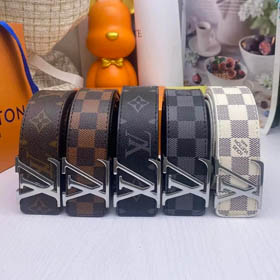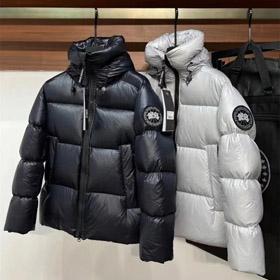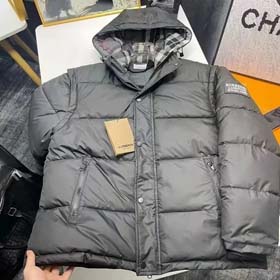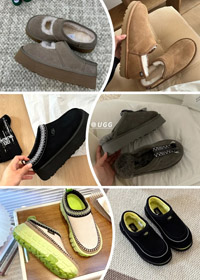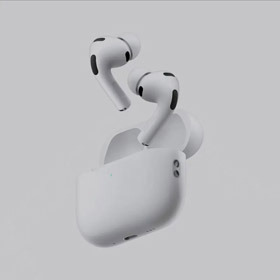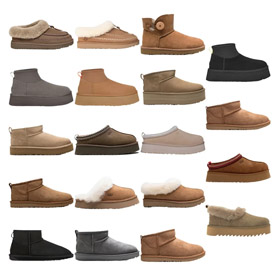The Story of Supreme: A Cultural Icon in Streetwear
Supreme, the iconic streetwear brand, has become synonymous with urban fashion and youth culture. Founded in 1994 by James Jebbia in New York City, Supreme started as a small skateboard shop in downtown Manhattan. Over the years, it has grown into a global phenomenon, influencing not just fashion but also art, music, and pop culture.
Origins and Early Days
James Jebbia, a British native, opened the first Supreme store on Lafayette Street in Manhattan. The brand quickly gained popularity among skaters and hip-hop enthusiasts. Supreme's early designs were heavily influenced by the skateboarding scene, featuring bold graphics and a rebellious attitude. The brand's signature red box logo, introduced in 1994, became an instant classic and a symbol of authenticity in the streetwear world.
Supreme's Rise to Popularity
In the early 2000s, Supreme began collaborating with artists, musicians, and other fashion brands, further cementing its status as a cultural icon. Collaborations with brands like Nike, Louis Vuitton, and The North Face brought Supreme into the mainstream while maintaining its underground credibility. These partnerships often resulted in limited-edition releases, creating a sense of exclusivity and driving demand among collectors and enthusiasts.
Global Expansion and Influence
Supreme's global expansion began in the 2010s, with stores opening in cities like Los Angeles, London, Paris, and Tokyo. Each location became a hub for the local streetwear community, attracting long lines of fans eager to purchase the latest drops. The brand's ability to stay relevant and innovative has kept it at the forefront of streetwear culture, even as trends have evolved over the decades.
Supreme's Cultural Impact
Beyond fashion, Supreme has played a significant role in shaping modern culture. The brand has been featured in music videos, movies, and art exhibitions, showcasing its influence across various creative fields. Celebrities like Kanye West, Rihanna, and Travis Scott have all been spotted wearing Supreme, further boosting its profile. The brand's ability to merge high fashion with streetwear has redefined the boundaries of both worlds.
Recent Developments and Future
In 2017, Supreme made headlines when The Carlyle Group acquired a minority stake in the company, valuing the brand at over $1 billion. Despite this, Supreme has maintained its independent spirit and continues to release innovative designs that resonate with its loyal fanbase. Today, Supreme remains a symbol of individuality and rebellion, staying true to its roots while adapting to the ever-changing landscape of fashion and culture.
For those interested in exploring Supreme's latest products, check out this electronic spreadsheet










